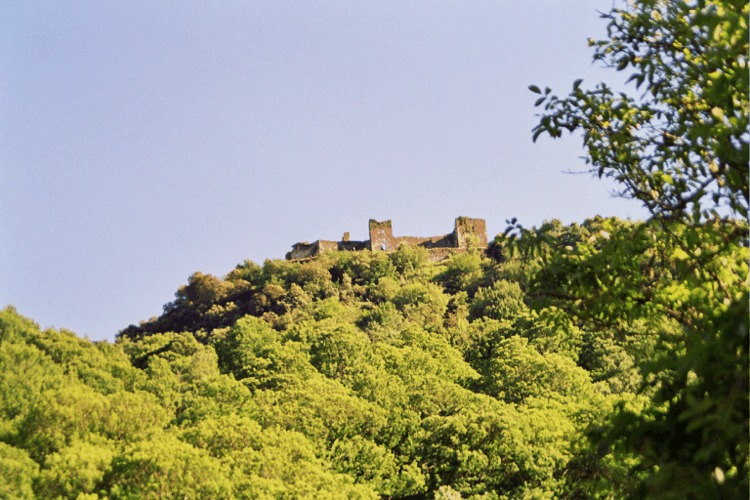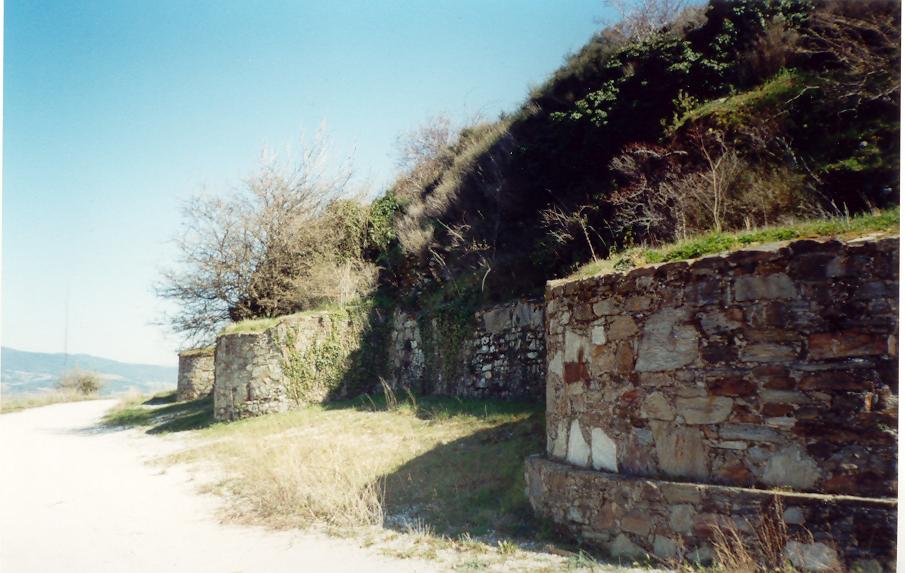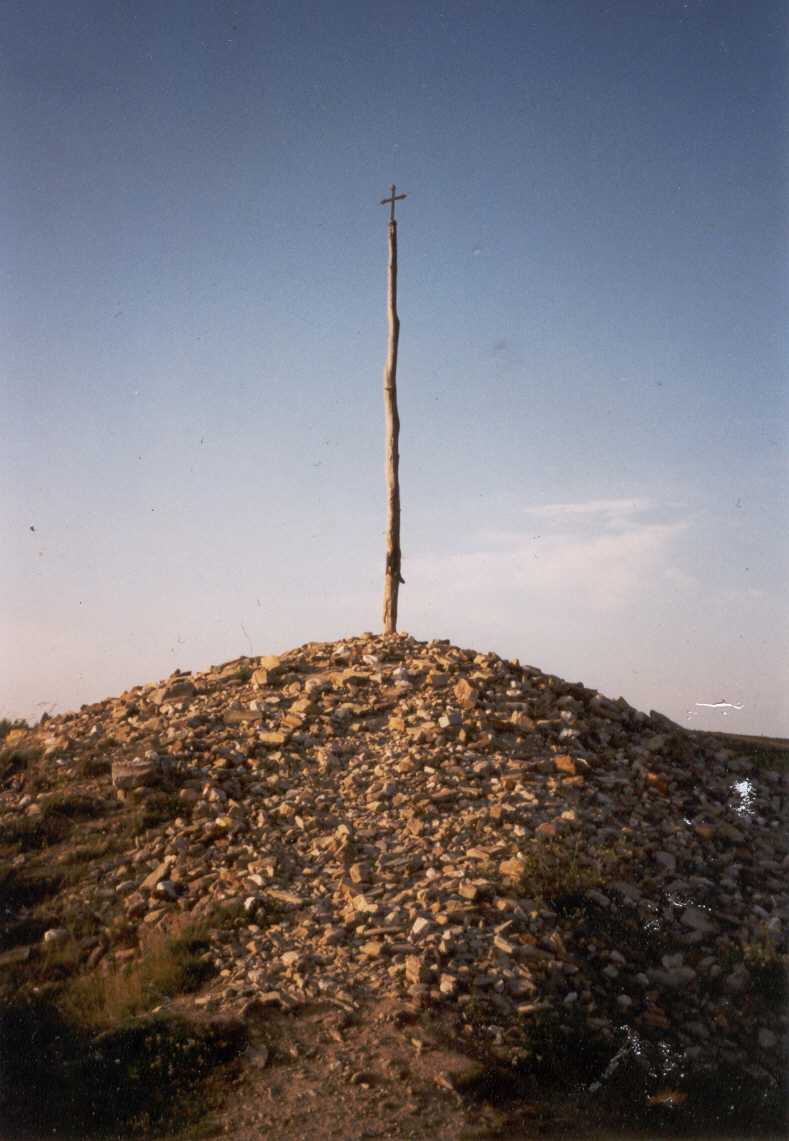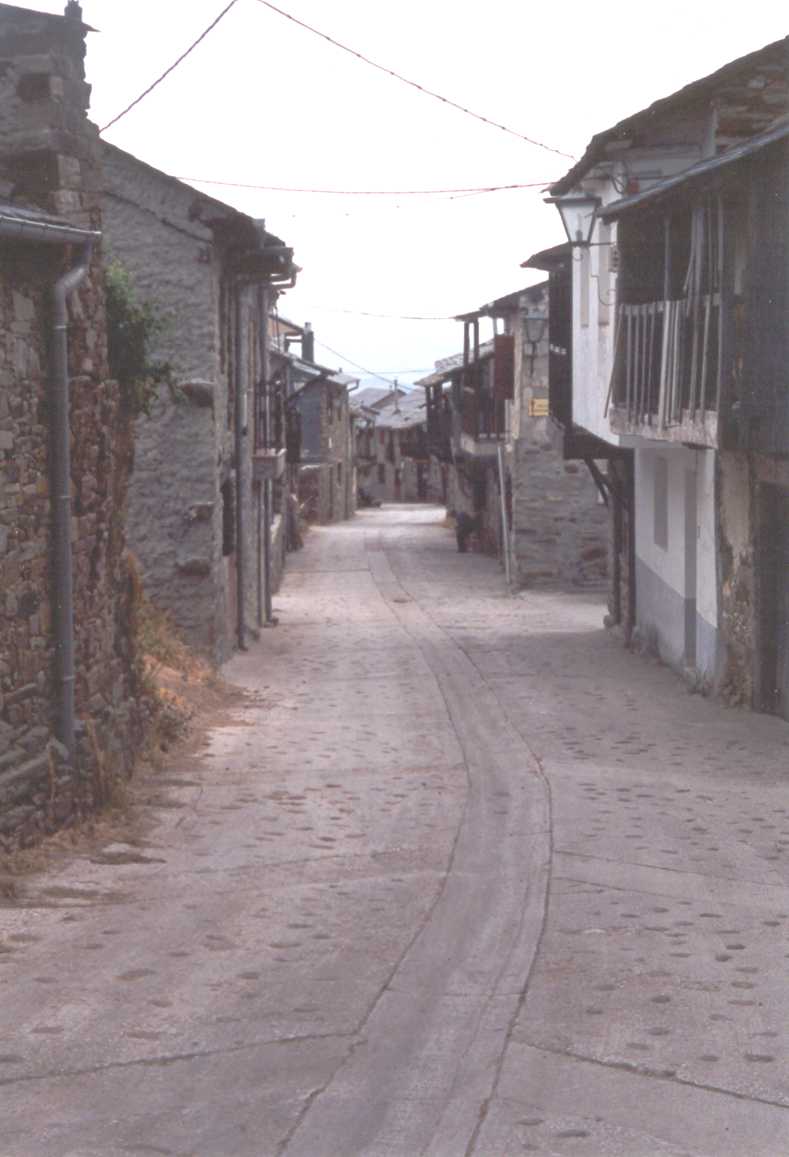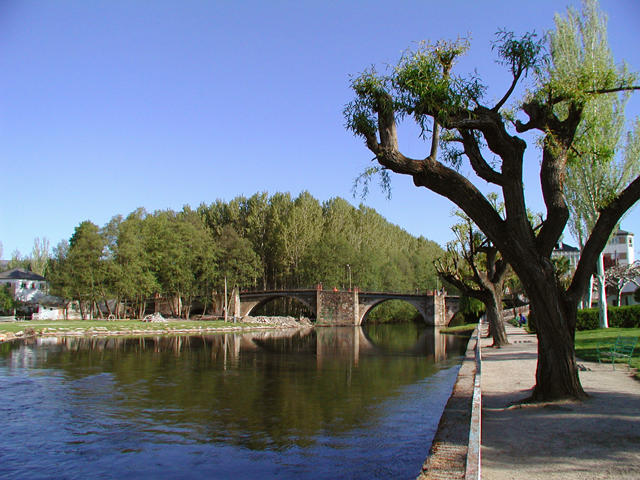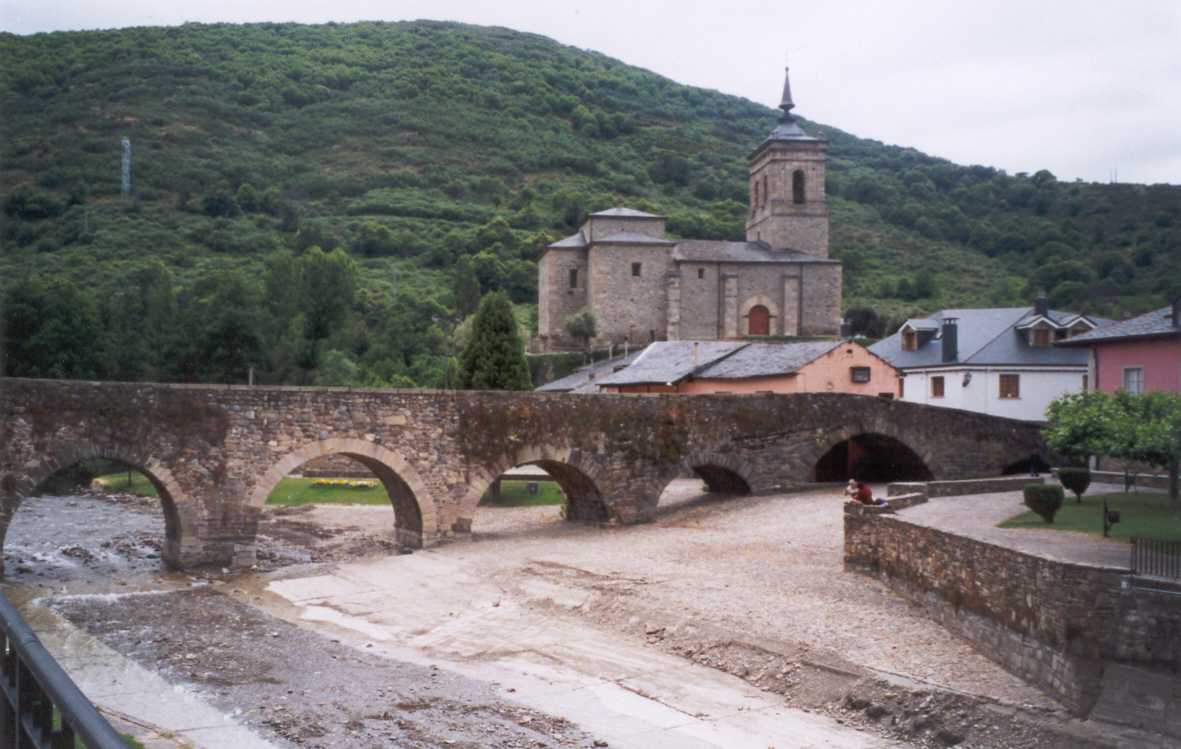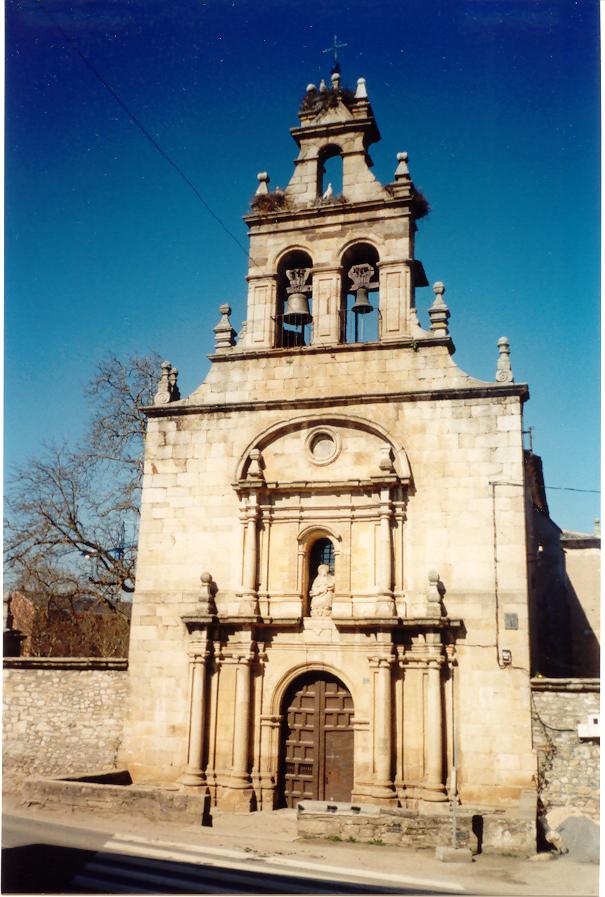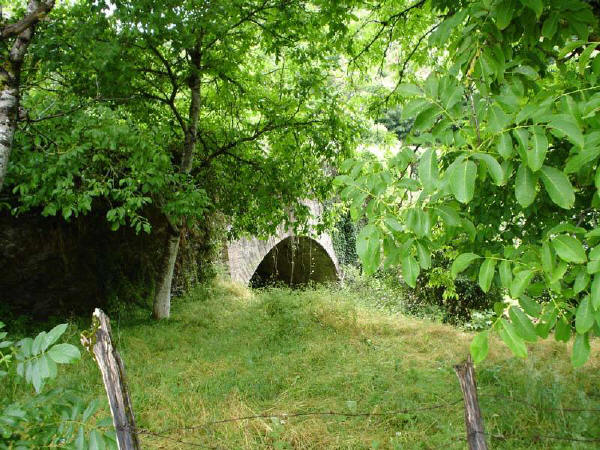Tourism Camino de Santiago
Nature is generous and beautiful in this corner of Spain. Invite the traveler to walk or drive. We suggest to the visitor to cross EL BIERZO walking along the old Camino de Santiago, as have millions of pilgrims who for centuries are heading to Santiago de Compostela (Galicia). We will describe the Bercian itinerary of the Jacobean Route. But if you want more information we suggest that you visit in this same web pages dedicated to each of the municipalities through which this modern route passes although it has existed for many centuries.
We make the entrance to El Bierzo at the peak of a hill, called Monte Irago, whose summit is the Iron Cross, a large mound of stones and guijos, which pilgrims have accumulated over the years. It is obligatory to throw a pebble at the mound and ask for a wish. This mound is crowned by a large long pole topped by an iron cross. From this moment the pilgrim enters the Region of El Bierzo. It is a Shire surrounded by great mountains. Like a big pot. It is a land of good living, good food, wonderful people ... very beautiful. When leaving it after crossing it from end to end by O Cebreiro, the pilgrim will carry it in the heart and the smell. It is the flavor of the northwest.
As a reminder of what the visitor of these lands will see we can say that it will pass through the towns of Molinaseca (Church of the Angustias, Roman Bridge and its inns and cellars); Ponferrada, capital of the El Bierzo region, we will show you this population of 65,000, whose most important monument is the Basilica of Nuestra Señora de la Encina (Patrona de El Bierzo); When crossing the municipality of Camponaraya, the traveler will enjoy great extensions of vineyards where wines of the variety "mencia" are harvested, we can taste these wines in his immense Cooperative; Then we come to the town of Cacabelos, famous for its cherries and wines. Here is the Sanctuary of the Fifth Angst, next to the refuge of pilgrims. Very close to the village is the Roman site of Castro Ventosa, associated to the Roman city Bergidum Flavium, where the cradle of the Bierzo is located; Between vineyards we go to Villafranca del Bierzo, known as the little Compostela, in it we will find important religious monuments like the Romanesque Church of Santiago (12th century), outside is the Puerta del Perdón, the true jewel of the Church, Where the pilgrims earn the jubilee when they are incapable to continue the way and to arrive at Santiago. If the traveler has time we recommend visiting the National Reserve of the Ancares Leoneses. The landscape is not to forget.
Following the road we leave behind the population of Villafranca del Bierzo, former capital of El Bierzo. Ascending through the valley formed by the Valcarce River and parallel to the Autovia A-6 we cross the municipality of Trabadelo, the orchards, meadows, great walnut trees and forests of century-old chestnut trees abound. We arrive at the village of Vega de Valcarce, where pilgrims will have to eat and rest (if it is summer in the river the traveler will find a beautiful natural pool with crystalline waters) because the ascent until reaching the first Galician town called O Cebreiro is hard And tired, although the scenery is spectacular and very, very beautiful. We suggest that when arriving at the summit the traveler returns the view to the Region of the Bierzo. He will always remember. Lots of good food, good wines, beautiful scenery and great people.
It is possible to mention, although we do not have photos of the one since it has disappeared, the Castle of Santa Maria de Auctares, in which it realized the collection of Portazgo. In front of Santa María de Autares is the Castle of Sarracin, between both castles, forming a narrow valley, where the Valcarce River flows.
The other two checkpoints were La Portela (Small Gate) which was the most important, and Balboa Castle. The pilgrims who came from Castile to Galicia, paid the Portazgo in the Portela and continued towards Galicia by the valleys of Valcarce or Balboa, where they were controlled.
There are vestiges in La Portela de Valcarce, a ruined fortification, however, we can not date, at the present time, if it is the eleventh century or simply, it is a defensive turret, raised by the British in the War of Independence .
The collection of the Portazgo in La Portela, originated an alternative route of the Way, which was diverted by the San Fiz Valley, located on the right between Trabadelo and La Portela.





